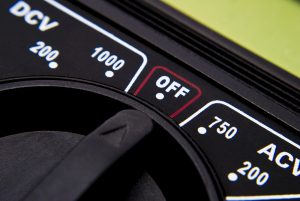Blog
What are the Differences between AC and DC Power?
What are the differences between AC / DC power?

There are several differences between AC(alternating current) and DC (direct current). The primary difference is the direction in which the current flows. With
AC the electric current flows in cycles that alternate between at regular intervals going forward and then backwards. With DC electricity flows in the same direction continuously. When these two types of electricity are observed for a period of time using a cathode ray oscilloscope, AC produces a sine curve while DC produces a straight line.
AC Power Used In Homes
AC is the type of electric power used in people’s residences. It’s the preferred choice because the AC voltage can be raised or lowered using a transformer. With AC the electricity is transported using high voltage power lines. The voltage can be reduced to the level needed for use in homes and businesses through the use of a resister. This reduction makes it AC less dangerous and more suitable for different types of appliances. Most countries use frequencies of between 50 and 60 hertz.
DC Power Generated By Batteries
Direct current is created by using electric cells or batteries, dynamos thermocouples, solar panels and other types of electrical power sources using a chemical reaction. It’s used in circuits that require a constant voltage or charge. Direct current travels inside a wire, line cable or some other type of conductor. It can also move through semiconductors, insulators and even ion beams. DC electrical power is often used to run different types of machinery, cell phones, flashlights and hybrid or electric vehicles.
Distance From Power Source
Another major difference between AC and DC electricity is that devices using AC can be a lot further away from the source of the electric power while DC driven objects must be in very close proximity to the source of power. That’s because AC loses less power due to resistance in the line than DC.
Two Different Creators
During the 1880s, there was intense discussion and sometimes violent arguments about whether AC or DC was more suitable for providing electrical power to towns, cities and other large areas. Nikola Tesla designed a system for using AC to supply power while Thomas Edison championed the use of DC electricity. Industrialist George Westinghouse put his money behind Tesla’s AC power plants because the were safer, more reliable, cost less and allowed the electricity to be transported longer distances with minimal loss of power.
We hope this was interesting and information packed! Please, reach out to EIG for any questions regarding your Energy Monitoring / Submetering. https://www.electroind.com/contact-us/



